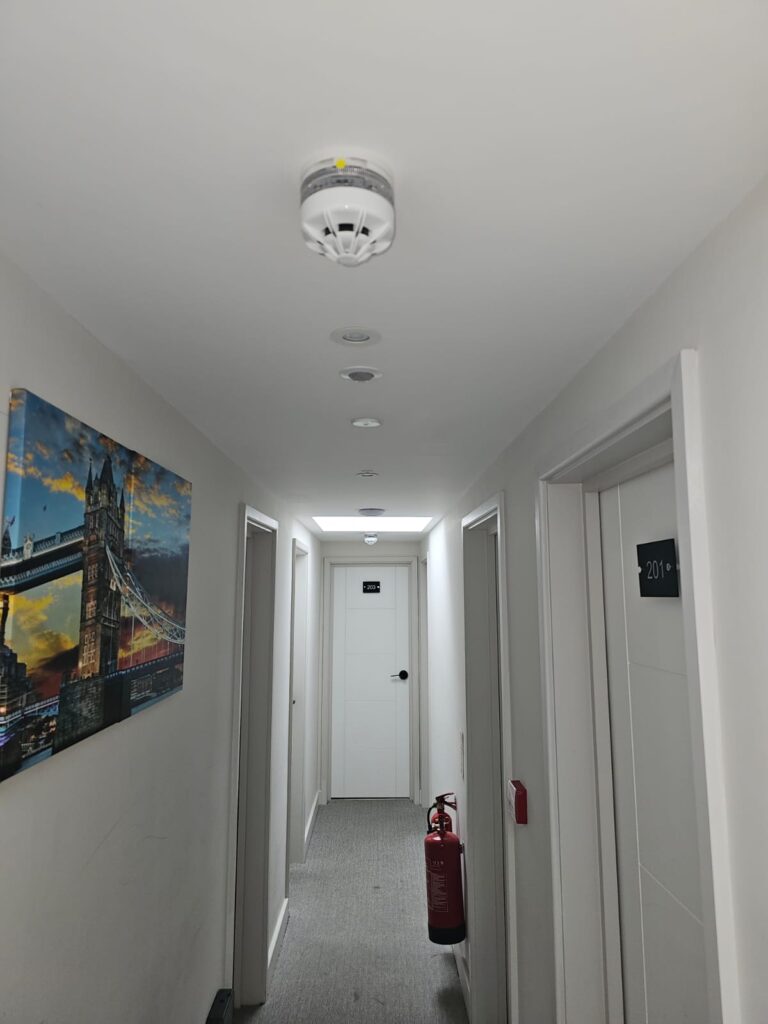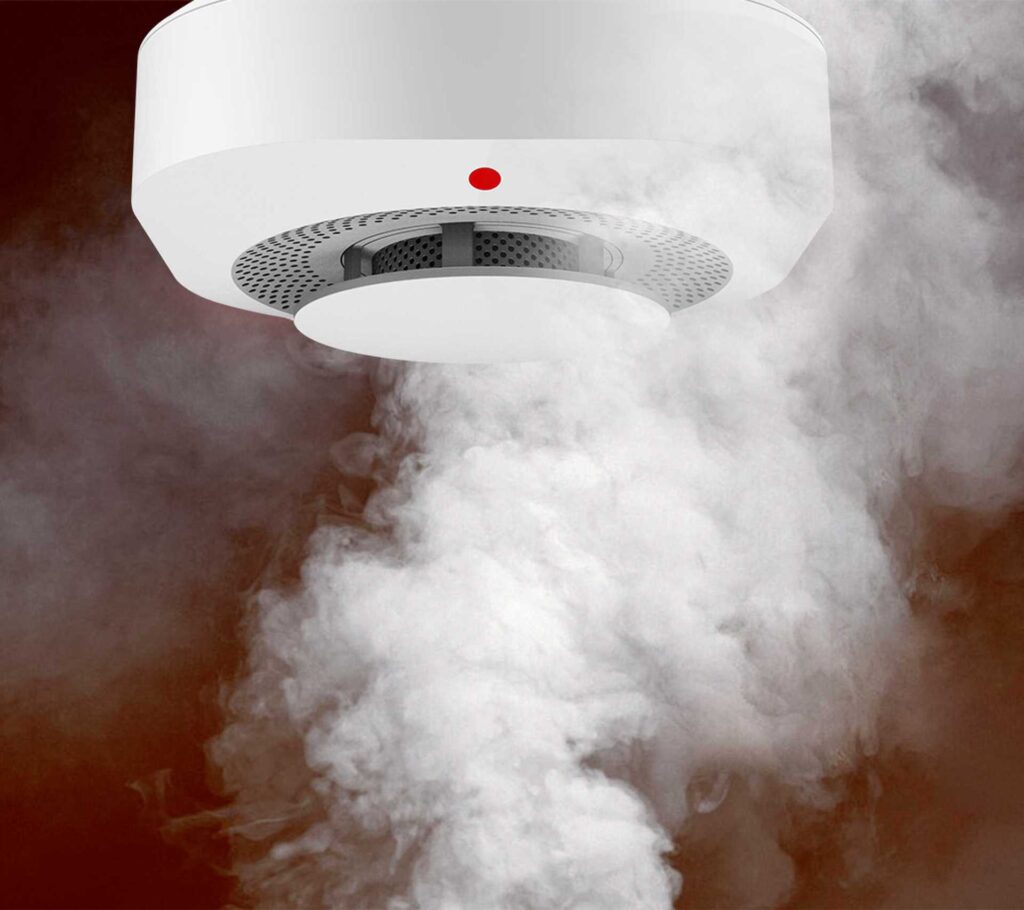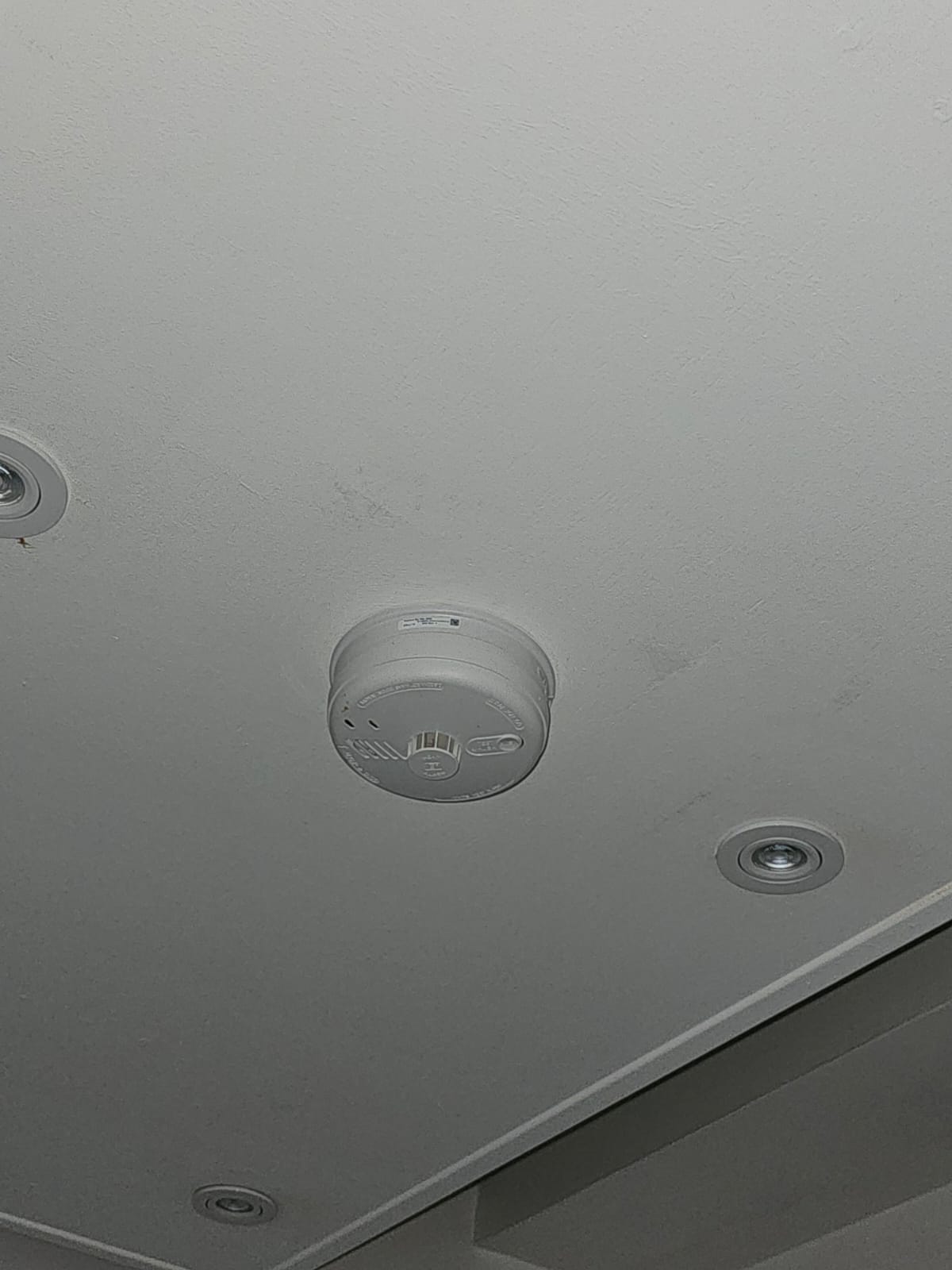A Fire Safety Certificate serves as official confirmation that your building meets all necessary fire safety regulations as required by UK law. It is typically issued by a certified fire safety consultant or fire engineer after a thorough inspection of the premises to ensure that fire detection, alarm systems, emergency exits, and other safety measures are fully compliant with current legislation.
This certificate demonstrates that your property adheres to the BS 5839 standard the British Standard for fire detection and alarm systems helping ensure that occupants, visitors, and assets are protected in the event of a fire.
Fire Safety Certificates are generally valid for 12 months and must be renewed annually to maintain compliance and insurance eligibility. Regular inspections and maintenance are essential to confirm that all fire safety systems remain in proper working condition.
Additionally, if any significant structural modifications, occupancy changes, or upgrades to fire safety systems are made within your building, a new Fire Safety Certificate will be required to verify that your premises continue to meet the updated safety standards and legal requirements.
By staying proactive and up to date with certification, you not only fulfill your legal obligations but also safeguard the wellbeing of everyone within your property.
(Every additional grade D alarm will be charged £10 each and grade A alarm will be charged £12 each.)
Need a certificate for legal compliance or tenancy agreements?
£5 Parking Charges are applicable in case of paid parking.
£15 Congestion Charge applicable in case the property is in congestion charge zone.

UK fire safety regulations don’t specify one particular type of smoke alarm, but it’s essential to choose the right system based on the property type and safety requirements while ensuring compliance with BS 5839-6. For battery-powered models, “sealed-for-life” lithium alarms are preferred for their durability and low maintenance.
Most UK councils recommend mains-powered smoke alarms in key areas such as hallways and lounges to provide Grade D LD3 protection for standard residential or commercial spaces. For properties with up to two floors, smoke alarms should be installed in every room, hallway, and shared area to meet Grade D LD2 standards.
For larger buildings with three or more floors, a Grade A fire alarm panel system is required, offering Grade A LD1 protection and ensuring comprehensive fire detection and early warning coverage.

When choosing a smoke or heat alarm, you can opt for either battery-powered or mains-powered systems. Each offers unique advantages, so selecting the right type depends on your property’s safety needs and maintenance preferences.
Battery-powered alarms are easy to install and need no wiring, making them perfect for quick or temporary setups. Regular battery checks are required to ensure they stay reliable.
Main powered alarms are highly reliable as they’re hardwired into the electrical system and usually include a backup battery. Ideal for hallways, bedrooms, and stairwells, they ensure consistent fire protection at all times.
Fire alarm panels sense smoke or heat and activate alerts for quick response. Commonly used in HMOs and commercial sites, they ensure early detection and effective fire control.

Poor housekeeping significantly increases fire risk. Ensure the following are in place:
Heating systems and related components must be kept safe and maintained:
Electrical faults are a major cause of fires. Stay safe by checking:
Improper smoking practices are a frequent cause of preventable fires:
This checklist is not exhaustive — every site may have unique fire risks. We recommend:
By maintaining these standards, you protect lives, ensure legal compliance, and safeguard your business assets.
You are legally required to maintain fire safety documentation if you are:
Failure to comply could result in enforcement notices, fines, or prosecution.
Legal Compliance – Helps meet the requirements of the Fire Safety Order 2005
Insurance – Most insurers require evidence of fire safety for valid cover
Safety Assurance – Shows that your building is protected and ready in case of a fire
Avoid Penalties – Demonstrates due diligence during inspections or audits
Peace of Mind – Keeps you, your tenants, staff, and visitors safe
We offer a complete fire safety compliance service, including:
After completing all required checks, we compile your documents into a clear and professional Fire Safety Certificate Pack that’s ready to present to local authorities or insurers when needed.
Let us take the stress out of fire safety compliance. Whether you manage one property or many, we’re here to help you stay protected and fully certified.
Yes. If you are a business owner, employer, landlord, or property manager, you are legally required to maintain fire safety documentation. This includes having a valid Fire Risk Assessment and proof of maintained fire protection systems.
There is no official certificate issued by the fire brigade. Instead, fire safety compliance certificates are typically provided by qualified fire safety professionals after completing inspections, servicing, or a Fire Risk Assessment.
A complete Fire Safety Certificate pack may include:
Yes. Landlords of Houses in Multiple Occupation (HMOs) or buildings with shared areas are legally responsible for fire safety in communal spaces. Certification helps demonstrate compliance with the Fire Safety Order and may be required during HMO licensing.
The documents in your certificate pack must be kept up to date. A Fire Risk Assessment should typically be reviewed annually or when significant changes occur. Fire extinguishers, alarms, and emergency lighting also require regular servicing (usually every 6 to 12 months).
Failure to comply with fire safety regulations can lead to:
Only a competent person with relevant training and experience should conduct Fire Risk Assessments and safety inspections. Our certified professionals ensure all checks are legally compliant and properly documented.
Yes. After we complete the necessary assessments and checks, you will receive a digital and/or physical certificate pack, including all relevant compliance documents for your records and insurance.